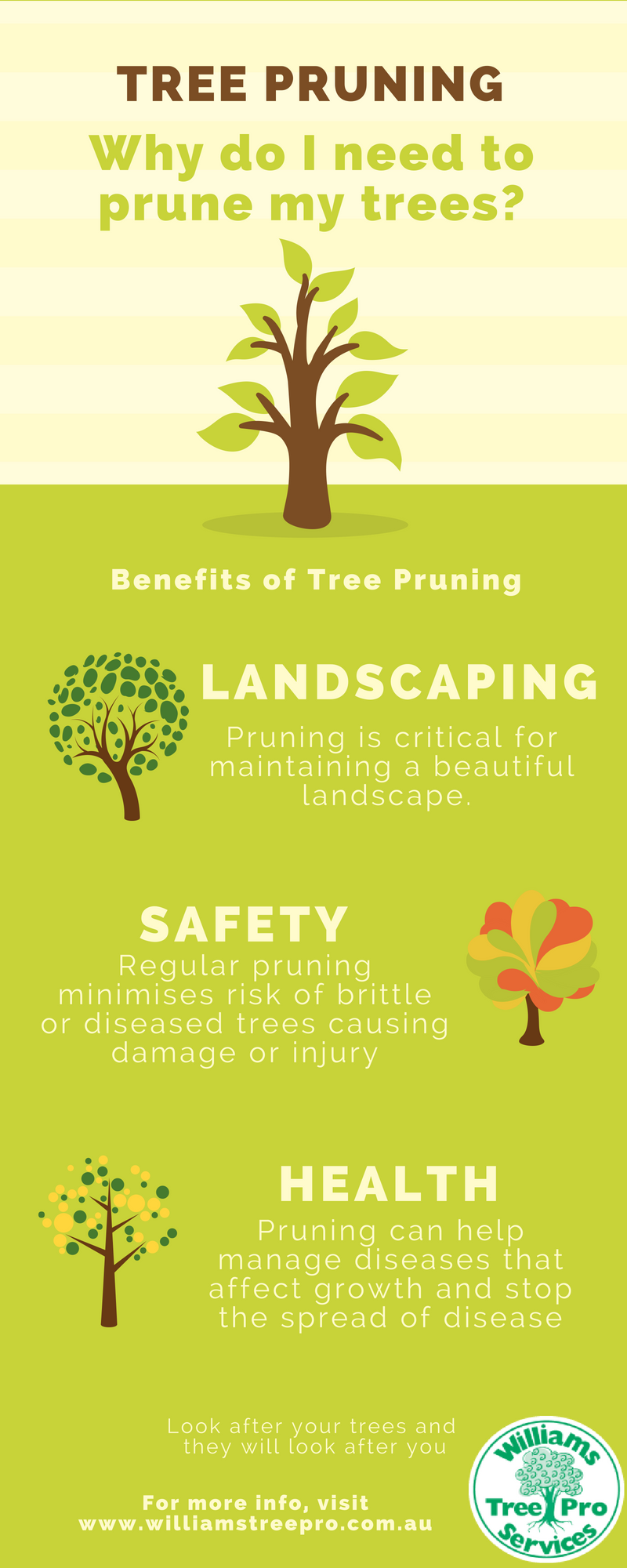The Future Of Trees: How To Determine When Removal Is Called For
The Future Of Trees: How To Determine When Removal Is Called For
Blog Article
Developed By-Dale Goldman
If you've ever before wondered about the fate of the trees on your residential property, understanding when it's time for elimination is important. But just how do you determine if a tree can be saved or if elimination is the only alternative? By looking for particular indications and reviewing safety risks, you can make educated decisions that benefit both your landscape and your surroundings. Let's explore visit the next site that enter play when making a decision the destiny of a tree and exactly how you can ensure the best end result for your eco-friendly friends.
Signs of Tree Decline
If you observe any of the adhering to indications of tree decline in your yard, it might be time to take into consideration tree removal.
One common indication is dead or worn out branches, which can indicate underlying concerns affecting the tree's wellness. Look out for discolored or wilted fallen https://www.google.com/search?q=Precision+Timber+Felling&ludocid=14488364426700125656&lpsid=CIHM0ogKEICAgICxuYaccQ&source=sh/x/localposts/m1/1&lsig=AB86z5XDzNisBWY-O2yj3bksCBA3&shndl=-1&kgs=857edde0ca74e2e9 that continue despite having proper treatment, as this could be an indication of illness or pests.
An additional warning signal is too much leaning or a visible shift in the tree's base, which may recommend origin issues or architectural instability. Keep an eye out for fungal growth on the trunk or roots, as this can indicate rot and jeopardize the tree's stability.
Additionally, if you observe big cracks in the trunk or major limbs, it's essential to attend to these issues quickly to stop prospective dangers. Resolving these indications of tree decrease without delay can help maintain the safety and aesthetic appeals of your yard atmosphere.
Safety and security Issues
To make sure the health of your home and those around you, prioritizing security problems connected to trees is extremely important. Trees can position numerous security dangers if not properly maintained. Dead or rotting branches might drop suddenly, threatening individuals or destructive frameworks.
Leaning trees can additionally be unsafe, especially if they're leaning in the direction of a building or power lines. Furthermore, trees with extensive root systems near foundations or below ground energies can create considerable damages with time.
It's crucial to frequently examine your trees for any type of signs of potential threat. Keep an eye out for cracks in the trunk, large tooth cavities, or indicators of condition and degeneration. If you discover any one of these concerns, it's best to talk to a professional arborist to analyze the situation and establish the essential strategy.
Taking proactive steps to address safety issues quickly can protect against crashes and property damages in the future. Bear in mind, the safety of your residential property and those around you need to always be the leading priority when it concerns tree upkeep.
Consulting an Arborist
When considering the health and safety of your trees, speaking with an arborist is an essential step. Arborists are trained professionals who focus on the treatment and upkeep of trees. They can assess the general health and wellness of your trees, recognize any kind of issues such as conditions or structural issues, and offer skilled suggestions on the best strategy.
By speaking with an arborist, you can receive beneficial insights right into the condition of your trees and identify whether elimination is required. Arborists have the expertise and experience to assess the dangers related to keeping a tree versus removing it. They can additionally offer assistance on alternative remedies, such as trimming, cabling, or supporting, to help protect the tree whenever feasible.
In addition, arborists can aid you navigate any type of local guidelines or allows that may be needed for tree elimination. Their proficiency can ensure that the process is executed securely and in compliance with any appropriate laws.
Final thought
Finally, when establishing whether trees can be conserved or if elimination is necessary, it is necessary to take into consideration indications of decline and safety and security issues. Consulting an arborist for a thorough assessment is crucial in making the very best choice for the tree's wellness and possible risks. Bear in mind, positive treatment and prompt action can help preserve trees and stop mishaps.
